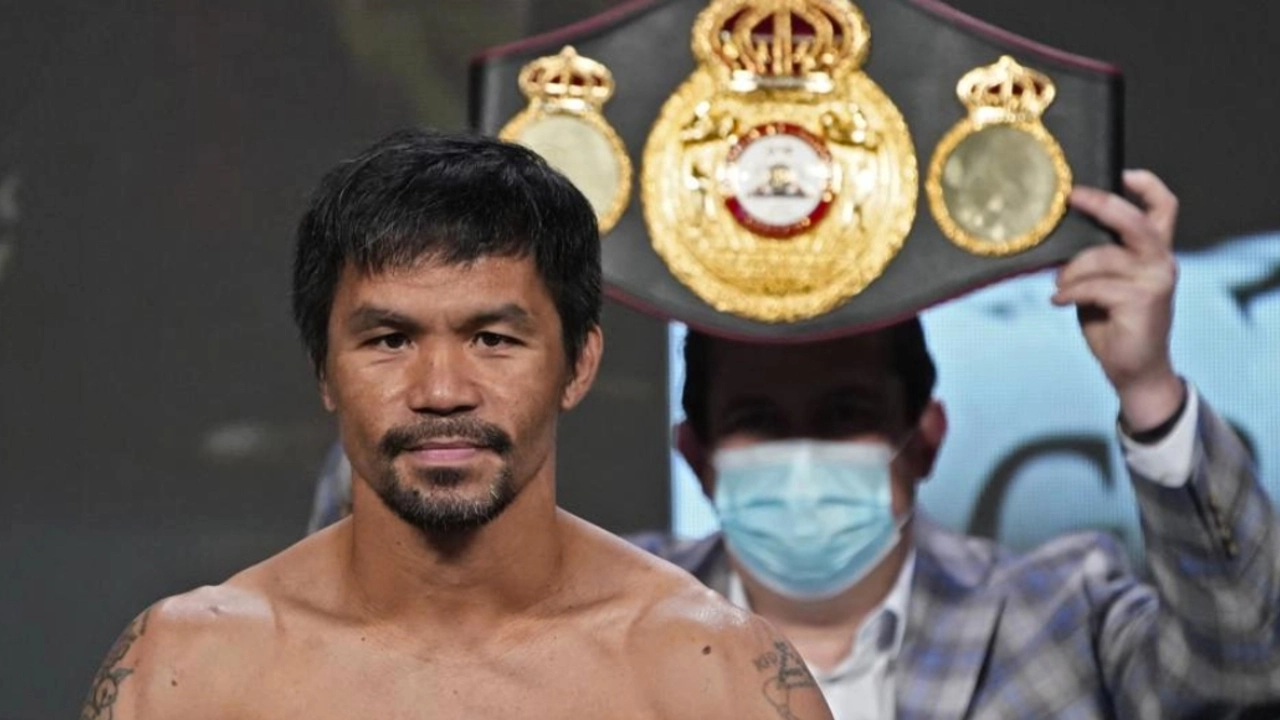Understanding a Sports Career: From First Steps to the Ring
Ever wonder what it takes to turn a hobby into a full‑blown sports career? It’s not just raw talent – it’s a mix of daily grind, smart choices, and sometimes a bizarre twist that keeps things interesting. Below we break down the real steps any athlete can follow, plus a few oddball boxing tales that show why staying curious helps.
Building the Foundations
Every sports career starts with the basics: regular practice, proper coaching, and a clear goal. If you’re just lacing up your gloves or tying your shoelaces for the first time, focus on consistency. Show up three times a week, track your progress, and ask your trainer for one thing to improve each session. That small habit builds the stamina you’ll need for longer bouts later on.
In boxing, the number of rounds matters a lot. A pro match can run 4 to 12 rounds, each three minutes long. Knowing this helps you plan your cardio and pacing. For a newcomer, fighting three‑round amateur bouts is a good way to test stamina without burning out. Whether you’re in the ring or on a track, matching your training length to the typical competition length keeps you from over‑ or under‑preparing.
Don’t overlook the power of data. Even a quirky article about big‑data tools like SimilarWeb shows how numbers can guide decisions. Athletes can log punch counts, heart rate, and recovery times. Over time those stats reveal patterns – maybe you fire up in the third round or your sprint speed drops after a certain distance. Use that insight to tweak workouts, just like marketers tweak campaigns.
Turning Points and Unexpected Twists
Most sports careers hit a turning point when something unexpected shows up. It could be a high‑profile fight, an injury, or even a strange nickname that sticks. Take the story of a boxer nicknamed “sealed brindle.” It started as a joke about a dog’s coat but became a brand that fans remembered. The lesson? Embrace quirks; they can set you apart and attract attention.
Another career jump can come from a big win prediction. Fans love debating who will win – Danny Garcia vs. Terence Crawford, for example. Making a solid, data‑backed prediction can boost your credibility as a commentator or analyst, opening new doors beyond just competing.
When you face a setback, treat it like a plot twist in a bizarre boxing chronicle. Use the pause to study opponents, improve technique, or even explore a side hustle like writing about the sport. Diversifying keeps you motivated and can extend your career’s lifespan.
Finally, remember that a sports career isn’t a straight line. It’s a series of milestones – first tournament, first title, first coaching role – each building on the last. Celebrate the small wins, stay adaptable, and keep learning. Whether you end up in a 12‑round championship or a quirky podcast about sealed brindle boxers, the core steps stay the same: train smart, track progress, and welcome the weird stuff that makes your story memorable.

Is there a boxer you wish had retired sooner than he did?
In my opinion, there are several boxers who should have hung up their gloves earlier than they did. These are fighters who pushed their bodies and minds beyond reasonable limits, resulting in severe health impacts. One such boxer is Muhammad Ali, who despite his legendary status, arguably fought past his prime, leading to long-term health issues. Another is Roy Jones Jr., who despite a stellar career, tarnished his legacy by continuing to fight well into his late 40s. It's crucial to remember that boxing is not just a sport, it's a dangerous game of life and health.
more
